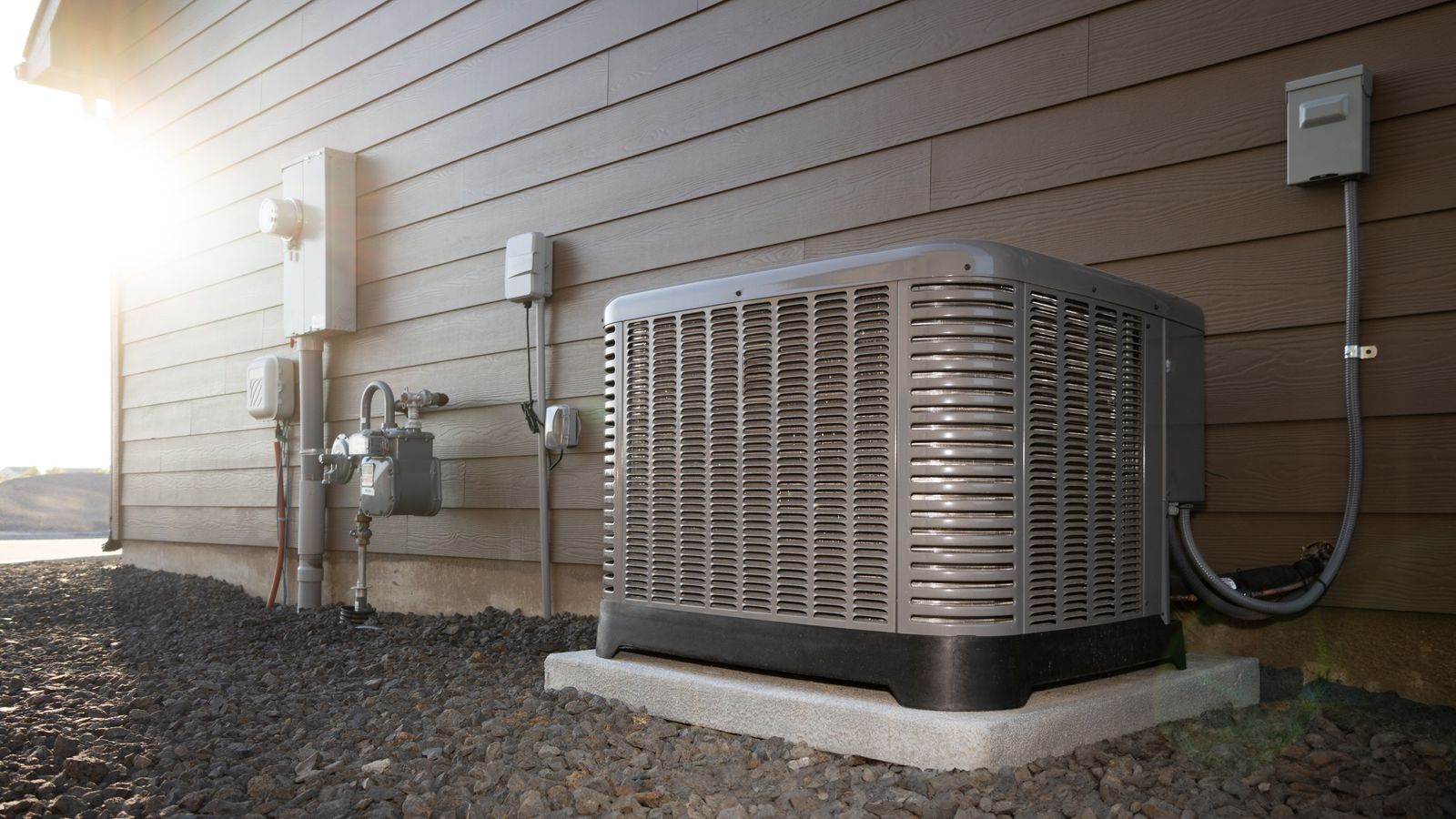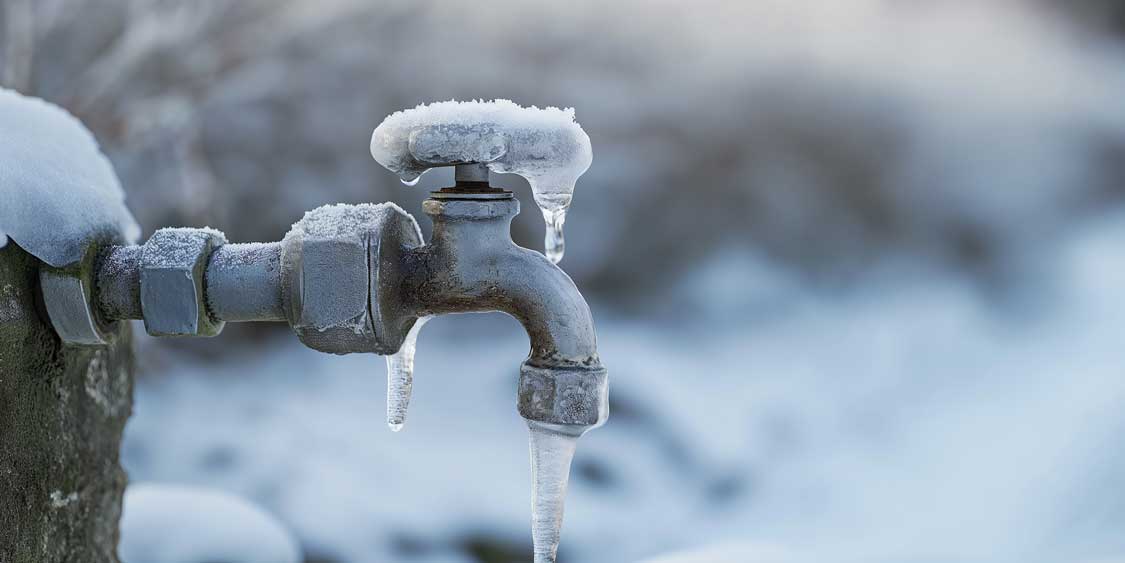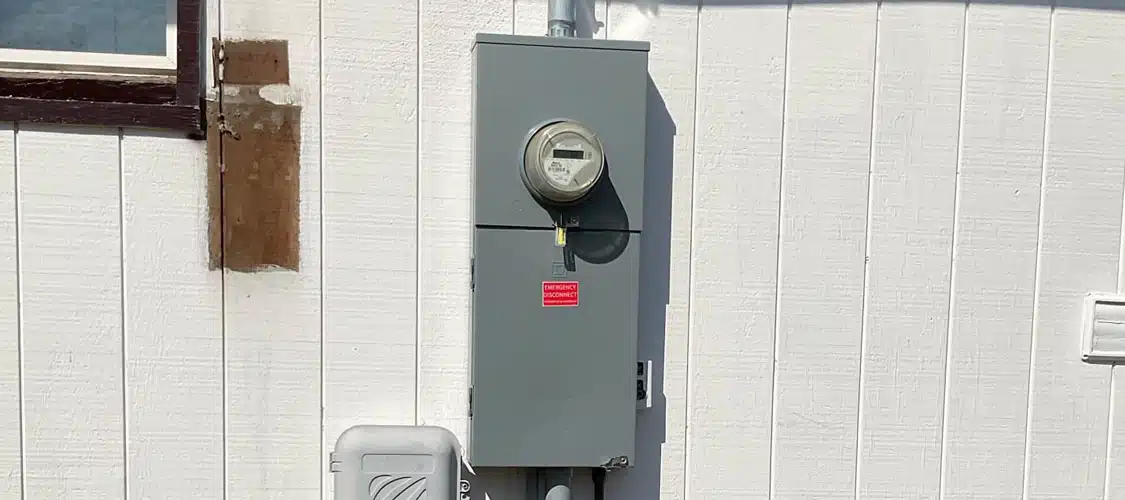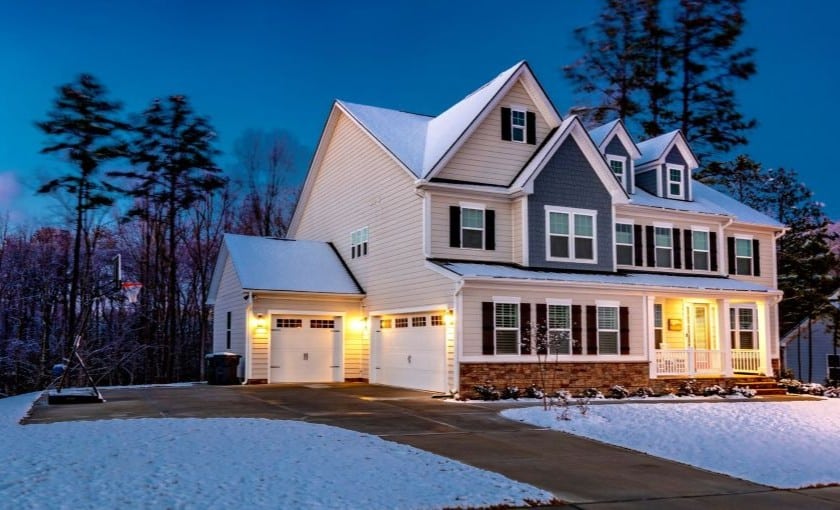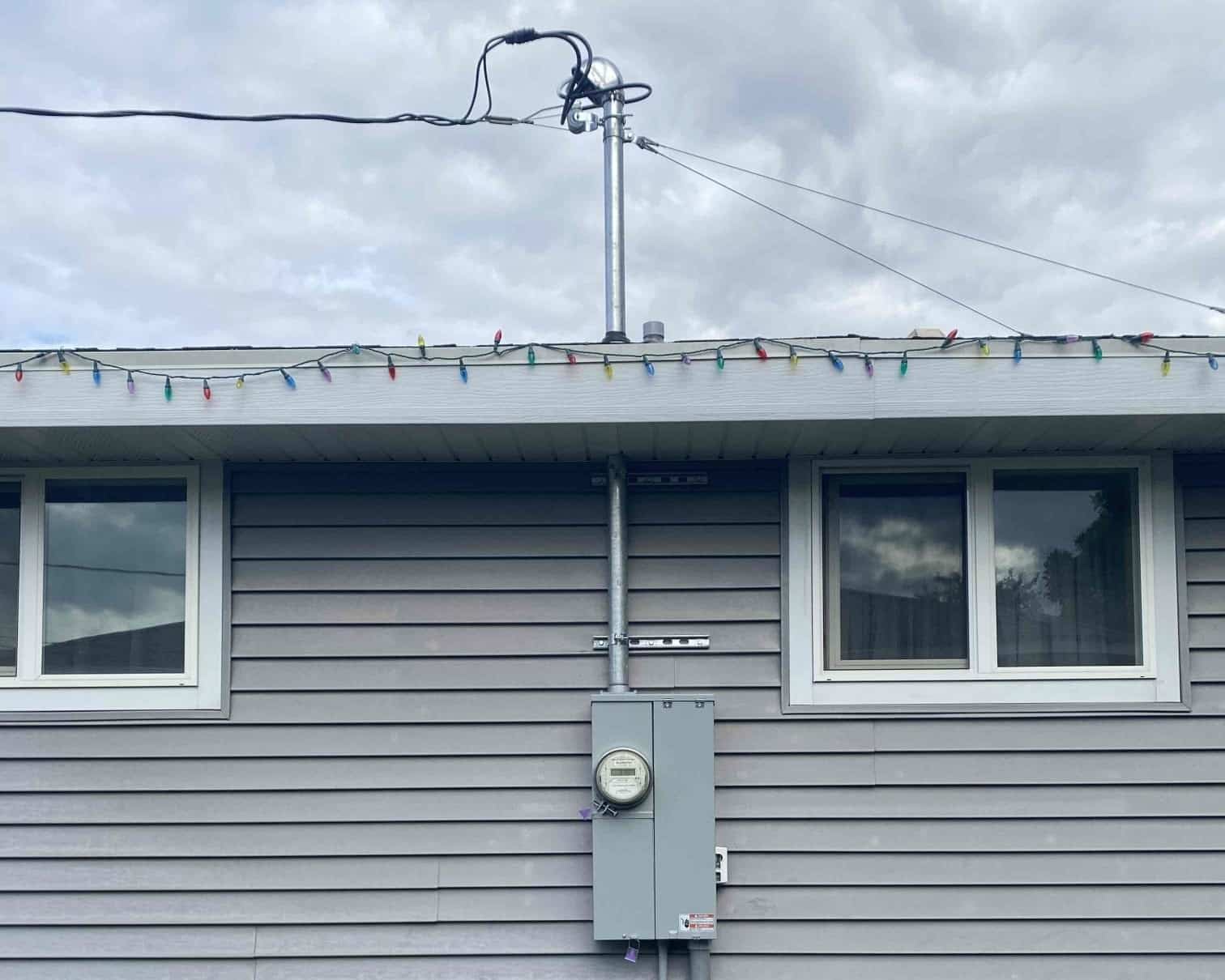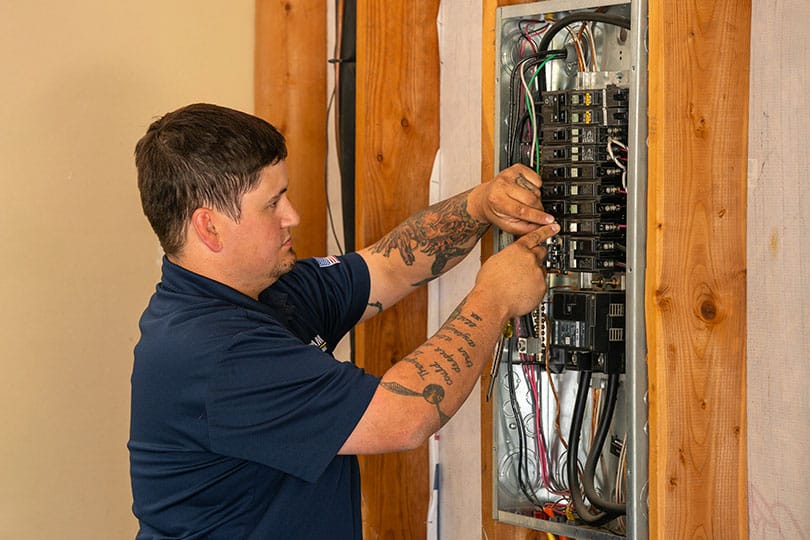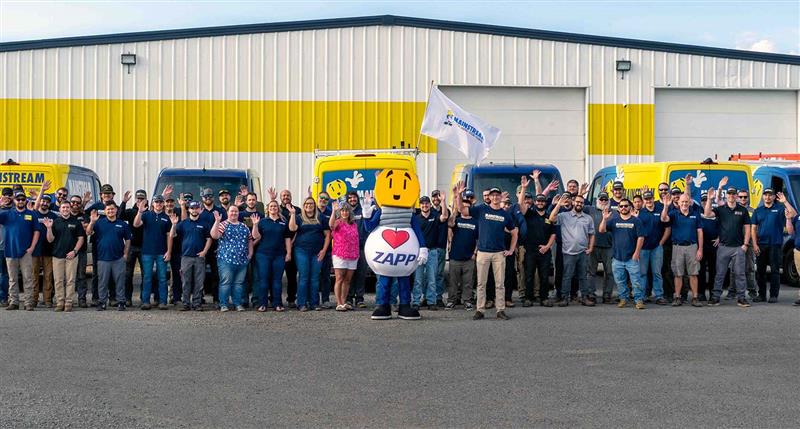Rising temperatures signal the shift to warmer months, making it the perfect time to ensure your home stays cool and comfortable. Nothing is more frustrating than turning on the AC after winter, only to feel warm air blowing from the vents. At Mainstream, we know how essential a reliable air conditioner is for your peace of mind, and we’re here to help you stay ahead of potential issues.
Warm air from your vents isn’t just an inconvenience—it’s a sign your system may need attention. Addressing the problem early can prevent costly repairs and keep your home comfortable all season long. With over 20 years of experience serving Spokane, we’ve helped countless homeowners prepare their HVAC systems for spring. Learn how routine AC maintenance can keep your system running at its best.
Understanding How Your AC Works
Before we get into why your air conditioner might not be cooling, it helps to understand how the system operates. Contrary to popular belief, an AC doesn’t create cold air from nothing. Instead, it pulls heat from the air inside your home and releases it outside, leaving cooler air behind.
The process starts with warm indoor air being pulled into the system and filtered to remove dust and debris. The air then passes over the evaporator coil, where refrigerant absorbs the heat. This heated refrigerant turns into a gas and moves to the outdoor unit. There, the compressor pressurizes the refrigerant, and the condenser coil releases the heat outdoors. The refrigerant cools back into a liquid and cycles back inside to repeat the process.
Each part—filters, coils, refrigerant, compressor, and condenser—works together to cool your home. If any one of these components isn’t functioning properly, your AC may struggle to keep up, often resulting in warm air blowing from your vents.
Common Reasons Your AC Blows Warm Air in Spring
1. Thermostat Problems
Sometimes the issue lies not with the air conditioner itself but with the thermostat. After months of using your heating system, it’s easy to forget to adjust thermostat settings when switching to cooling mode. If the thermostat is set to “heat” or “fan,” the air conditioner won’t cool your home. Always double-check that the thermostat is set to “cool” and set to a lower temperature than the current room reading.
If the settings are correct but your AC still isn’t cooling, the thermostat may be malfunctioning. Problems like faulty wiring or a broken sensor can disrupt communication between the thermostat and the AC system. A professional inspection can identify and repair these issues quickly.
2. Dirty or Clogged Air Filters
Air filters play a key role in maintaining your HVAC system by trapping dust, pollen, and other particles before they enter your home. But after sitting unused during the winter, filters can become clogged, restricting airflow. Reduced airflow makes it harder for your AC to cool effectively. In some cases, this can even cause the evaporator coil to freeze, further cutting down on efficiency and leading to warm air.
To avoid this, check your air filters regularly and replace them every three months or more often if needed. Clean filters not only improve cooling but also help maintain better air quality in your home.
3. Low Refrigerant Levels or Leaks
Refrigerant allows your air conditioner to absorb and transfer heat. If your system isn’t cooling properly, it might have low refrigerant levels, often caused by leaks. Warning signs of a refrigerant leak include a hissing noise near the unit, ice forming on the coils, or a noticeable drop in cooling performance.
Refrigerant issues are not something you can fix on your own. Handling refrigerant requires specialized equipment and training. If you suspect a leak, call a licensed HVAC technician to repair the problem and recharge your system.
4. Blocked Outdoor Unit
The outdoor condenser unit helps release heat from your home, but debris like dirt, leaves, or overgrown plants can block airflow. This buildup forces the condenser to work harder, which can prevent it from cooling effectively and lead to warm air blowing inside.
Take a look around your outdoor unit and clear away any obstructions. Keeping this area clean ensures your system can function efficiently.
5. Compressor or Condenser Issues
The compressor and condenser are central to your air conditioner’s cooling process. After being dormant during cold months, these parts can sometimes develop problems. A compressor may fail to pressurize refrigerant properly, or a condenser coil might get dirty or damaged, both of which reduce cooling performance.
If you hear strange noises or notice that your system is struggling to cool, it’s time to call a professional for an evaluation. They can diagnose and fix any issues with these essential components.
6. Leaky or Damaged Ductwork
Ductwork carries cooled air to each room in your home, but over time, it can develop leaks or sustain damage. This is especially common during winter, when ducts expand and contract with temperature changes. Leaks allow cooled air to escape, mixing with warm air and reducing efficiency.
A professional inspection can locate and seal leaks, ensuring your system delivers cool air where it’s needed most.
7. Electrical Problems
Your air conditioner depends on a steady power supply to run. If the outdoor unit loses power, your system may blow warm air. Common culprits include tripped breakers, blown fuses, or disconnected wiring. Check your electrical panel for tripped breakers and reset them if needed. If power issues continue, an HVAC technician can investigate further.
Other Spring HVAC Surprises
1. Heat Pump Troubles
Homes with heat pumps may encounter problems when switching from heating to cooling mode. Issues like stuck reversing valves or refrigerant leaks can prevent the heat pump from cooling effectively. If your heat pump isn’t working as expected, a professional tune-up can resolve the problem.
2. Higher Energy Bills
Rising temperatures can cause inefficient HVAC systems to drive up energy costs. Dirty coils, clogged filters, or aging parts force your system to work harder, using more energy. Scheduling a system checkup can help identify and fix these inefficiencies, ultimately saving you money.
The Importance of Spring HVAC Tune-Ups
Spring is an ideal time to schedule an HVAC tune-up. A professional will clean your system, check refrigerant levels, and ensure all components are working correctly. Routine maintenance not only improves efficiency but also helps prevent breakdowns during the summer when you need your air conditioner the most.
Solutions. Not Surprises.
At Mainstream, we understand how frustrating it can be when your AC isn’t working as expected, especially when you need it most. That’s why our expert technicians are available 24/7 throughout the Inland Northwest, ready to help with everything from routine maintenance to emergency repairs.
Don’t let a malfunctioning air conditioner disrupt your summer plans. With our Care Club maintenance membership plan, you’ll benefit from regular tune-ups and exclusive discounts, ensuring your system is always prepared to handle the heat. Plus, if you do encounter an unexpected issue, our team is just a phone call away.
Trust the professionals at Mainstream to keep your home cool and comfortable all season long. Contact us today to schedule your AC maintenance or learn more about our comprehensive HVAC services.

